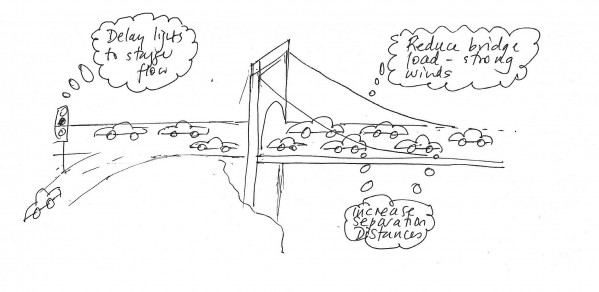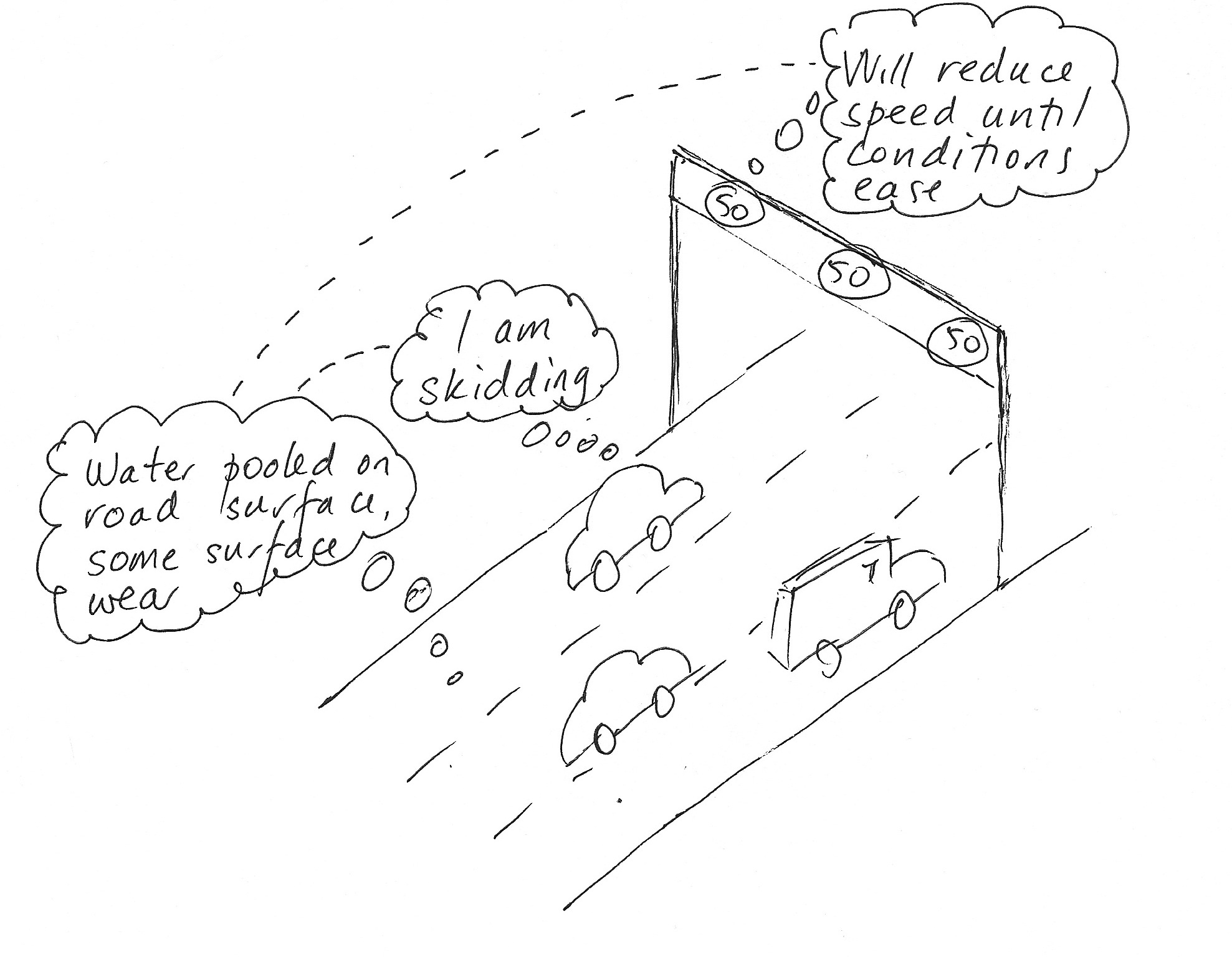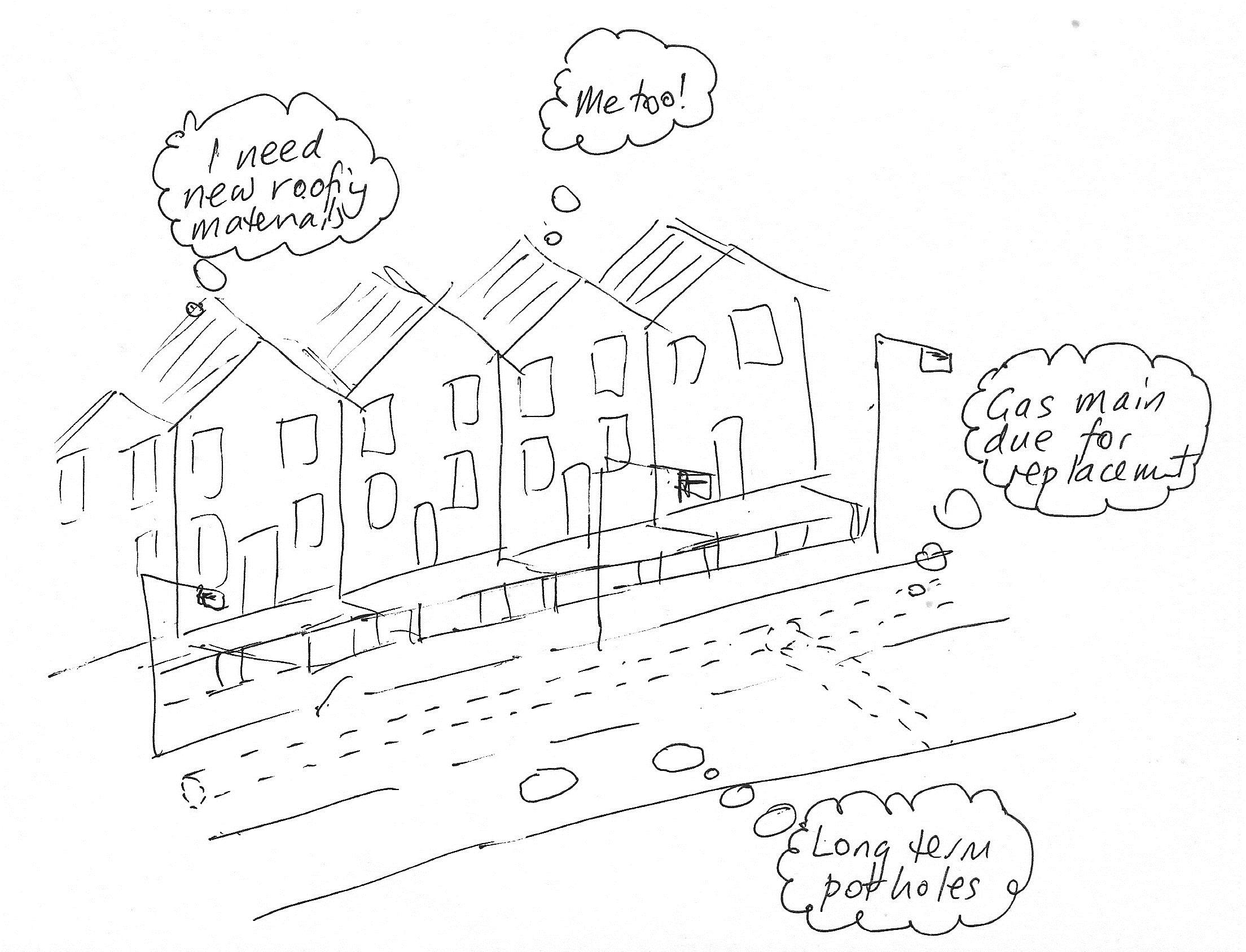
What would it take to enable a piece of infrastructure to take care of itself, asks Duncan McFarlane of the Cambridge Centre for Smart Infrastructure?
Directly – and automatically – associating the actions with the asset itself reduces the risk that facilities management operators might miss key indicators or that maintenance tasks might be neglected due to altered priorities or reduced budgets.
Professor Duncan McFarlane
What might asset intelligence mean in an infrastructure context? That was the question I was recently asked to provide a view on at a meeting on Infrastructure Asset Management at the Institution of Civil Engineering. Particular regard was to be given to the increasing numbers of sensors under development and the reduced budgets available for maintaining key assets.
With ever-greater numbers of infrastructure assets, the uncertainty about their lifespan and the conditions they might face, and the declining availability of funds for maintenance and upkeep, future asset management will need to:
• Involve low-cost, easy to maintain sensing, data gathering and management
• Prioritise all assets within a single integrated portfolio
• Examine value of the use of the asset in conjunction with cost of maintenance
• Be robust to future ownership and usage changes
Today's centralised coordination of assets by asset owners or third party facility managers makes future asset management particularly challenging.

What would it take to empower an asset to ‘take care of itself'? Work with Boeing in the 2000s, developing software environments to enable aircraft parts to schedule their own repair and replacement, extended the notion of a self-aware asset to propose a definition and set of characteristics for an intelligent infrastructure asset: A self-contained infrastructure element linked to its own monitoring, diagnostic and maintenance strategy and with the ability to guide, influence or direct its own use, maintenance and support. In order to do this, the intelligent infrastructure asset needs:
1. Constructed/fabricated properties and unique identity
2. State awareness – an awareness through sensing or inspection of its own state (location, degradation, strain)
3. Communication – an ability to communicate information relating to identity and state when integrated into larger systems
4. Data management – an ability to collect/store/retrieve data associated with the elements identity, properties and state as required
5. Language – an ability to interpret and communicate information relating to rules, instructions and preferences associated with the use of the element in its environment
6. Decision (support) – an ability to influence decisions that are made with regard to the assets or collection of the assets
7. Value system – a means of evaluating cost and benefit in terms of service provided by the asset and services received

In simple terms this means that any information associated with an asset is tightly ‘bound’ to the asset it represents and not to the owner/user/operator. In this way the asset has a virtual counterpart which not only holds data – as being prescribed in today's Building Information Modelling (BIM) developments – but is also linked to operating rules and guidelines via this virtual counterpart which can (automatically) trigger new decisions and actions as required.
Directly – and automatically – associating the actions with the asset itself reduces the risk that facilities management operators might miss key indicators or that maintenance tasks might be neglected due to altered priorities or reduced budgets.
Within the Centre for Smart Infrastructure and Construction (CSIC) at the University of Cambridge, a significant amount of groundwork for developing more intelligent infrastructure assets is underway. CSIC, which collaborates with 41 industry partners from construction and infrastructure organisations, addresses infrastructure challenges on three levels: city level, asset level and sensor level.

Research focused on assets ranges from development of new distributed, low-energy, low-maintenance sensing systems, to better ways of managing and visualising asset data, to methods for computing asset value over its life to future-proofing strategies for ensuring forthcoming needs and environment changes are accounted for in the asset management plan.
Much of this work supports the current global development of Asset Management Standards e.g. ISO 550000, the UK government’s focus on Building Information Modelling [BIM], and Infrastructure UK's initiatives on Resilient Infrastructure.
More to the point, these research initiatives directly underpin the development of a smarter, more self-sustaining infrastructure environment both in the construction phase and during the asset’s operating life. This might just make the theory of infrastructure asset management become one that can be practically deployed.
Duncan McFarlane is a Co-Investigator at CSIC at the University of Cambridge where he is Professor of Industrial Information Engineering. This article was produced in conjunction with CSIC colleagues Professor Kenichi Soga and Dr Ajith Parlikad and originally appeared in Infrastructure Intelligence.

